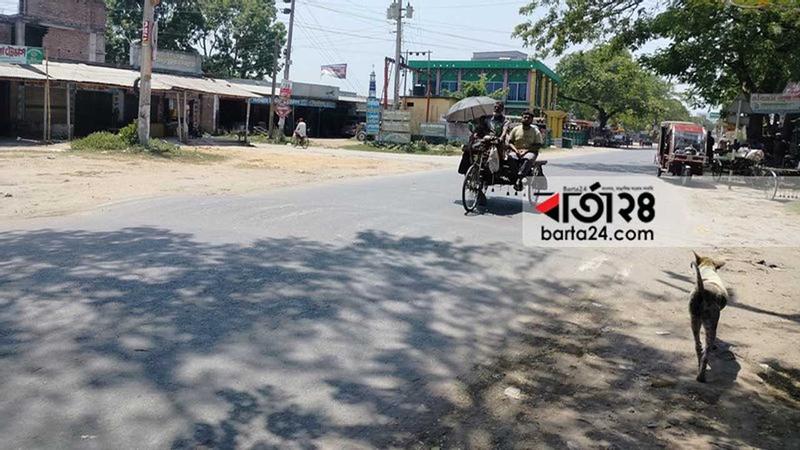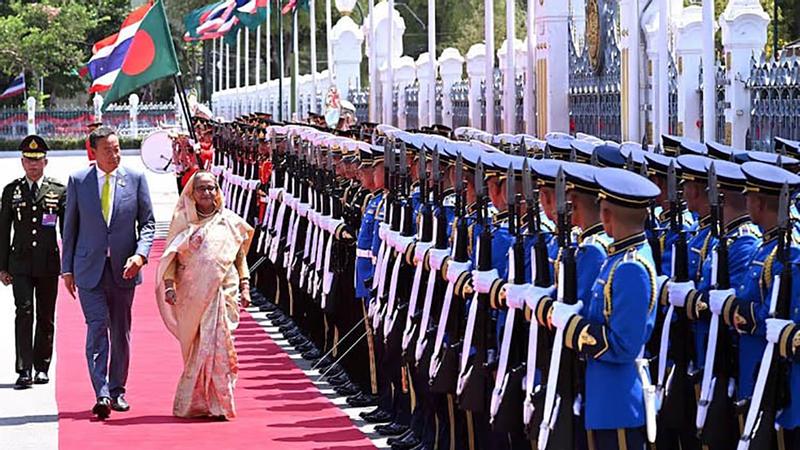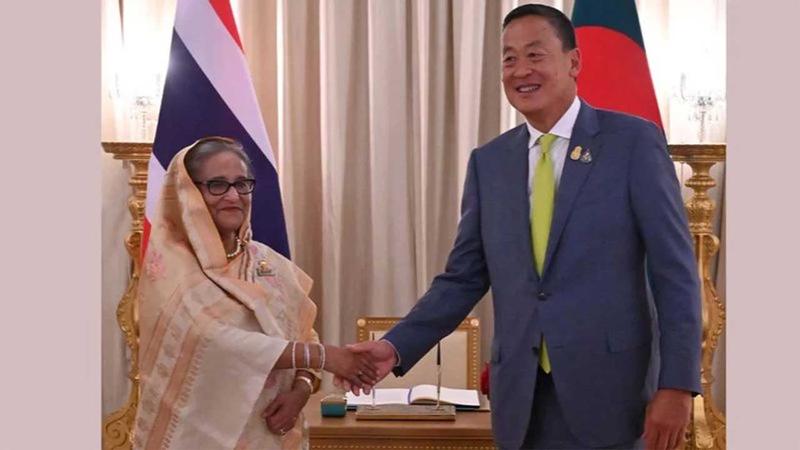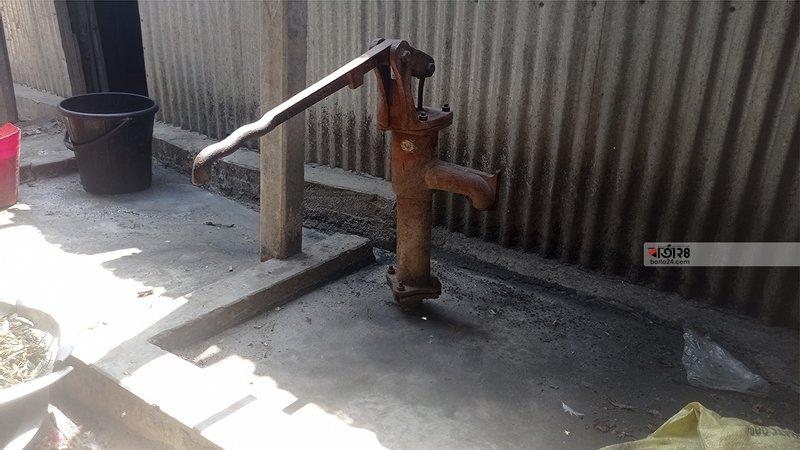Environmental pollution is adversely affecting the biodiversity of the Sundarbans

Environmental pollution is adversely affecting the biodiversity of the Sundarbans
The Sundarbans, a sanctuary for animals, is more affected by climate change than by human pollution. As the altitude is lower than the sea level, whenever the sea level rises, it directly affects the Sundarbans. The flow of fresh water in the forest is decreasing. Excess of silt and salt water in rivers is increasing. As a result biodiversity is facing severe loss. due to severe floods every year, the areas of Sundarbans are losing land due to erosion. land erosion has increased in the southern region. especially Cutka and Mandar Bari areas are being eroded and disappearing into the sea. By this, the habitat of the animals is shrinking. In addition to climate change, the rivers, canals and streams flowing through the beautiful forest are being polluted by humans in various ways. Due to the construction of infrastructure, pollution from ships, the amount of oil is increasing along with salinity in the river water which is a threat to life and nature.
According to a study, around 2010, the amount of oil per liter of water in Pashur River was the maximum of 10.8 milligrams. And now it has increased almost sixfold, to 68 mg. In addition, on December 9, 2014, the Sundarbans suffered massive damage due to the sinking of a tank carrying three and a half lakh liters of furnace oil. Later there were several incidents of shipwrecks of potash, coal and clinker in rivers flowing through the forest.
Excess salinity in water, storm surges are making it unsafe for animals to drink water inside the forest, the number and intensity of storms has increased compared to before, and animal reproduction is also being disrupted.
Professor of Zoology Department of Jahangirnagar University. Monirul H Khan said, the Sundarbans environment is being irreparably damaged by humans.
An average of 3 to 5 tigers are killed by poachers every year. Poachers hunt tigers primarily for their skins and bones, which are sold for millions of rupees. In China and East Asian countries, the huge demand for tiger organs is increasing, and the world's endangered animals, the tigers, are dying. According to environmentalists, after 1975 the Sundarbans did not have any more tigers.
In 1999, up to 10 km around the forest was declared an 'Environmentally Critical Area' or ECA. And according to the Environment Protection Act, any type of factory is prohibited in ECA. Whereas in a document presented to the court by the Ministry of Environment, Forest and Climate Change itself, it is said that 190 factories have valid permission to set up within 10 kilometers of the Sundarbans. The actual situation is more delicate. In the last eight to ten years, more than half a hundred heavy industrial companies have been established. These include hazardous factories like cement factories, LP gas plants, oil refineries, bitumen, sea food processing. And their liquid waste is dumped into the POSHUR river, which then flows into the Sundarbans, polluting the water and soil.
According to local fishermen, the reproductive capacity of fish has decreased compared to earlier. Many fish are almost extinct. Among them Pangos, Chakkhoda, Bangas, kaine, Medamash, Chakul/shapla pata, Armash, Gongune, Payra, Tade, Rayna, Bashpata fish, Gulemash, Chamogulo, Feshafish, Kharkull, Kaibol fish are notable.
Environmental activis Ram krishna claim that aquatic animals are disappearing due to illegal use of pesticides, poisoning and fishing in current nets.
The number of crocodiles has decreased. Birds are not seen in the forest like before. For example - Tarkael, Vulture, Fox, Crow, Darkak, Pecha, Snake, Dhade, Bugdasha, Tortoise, Madantak, Pankauri, Shankal, Pakch, Tia, Fye, Dharibak, Kuchbak Kolrob are no more. And all this is happening due to climate change and environmental pollution, said local environmentalists.
Meanwhile, in 2010, the St. Petersburg World Tiger Conference in Russia announced the doubling of the number of tigers, but Bangladesh has not been able to achieve that goal yet.
In this regard, Professor Monir H Khan said, the impact on the living environment of forest animals is damaging their foodchain, and thus the animals are becoming extinct. Which is an auspicious sign for animal diversity. If this continues, the country's economy will suffer along with the eco system and therefore the government must take necessary steps now.
Monir H Khan recommends taking adaptive measures to maintain the lifestyle of biodiversity. Along with that, he also talked about regular monitoring to prevent environmental pollution in the forest.
Mihir Kumar Do, forest conservator of Khulna region, said that they do not have any exact information regarding the biodiversity inside the forest. However, police personnel patrol the forest to prevent illegal activities.
Sundarbans is the largest mangrove forest in the world. Its area is 6 thousand 17 square kilometers. On February 4, 1999, an area of about one lakh 43 thousand hectares of forest was declared as a sanctuary for wildlife. However, due to natural calamities such as floods, landslides, river erosion, most of the local residents of the area are making a living by cutting trees in the forest, illegally fishing and damaging the nature of the forest in various ways. Therefore, the environmentalists also urges to government to make alternative arrangements for their livelihood.















